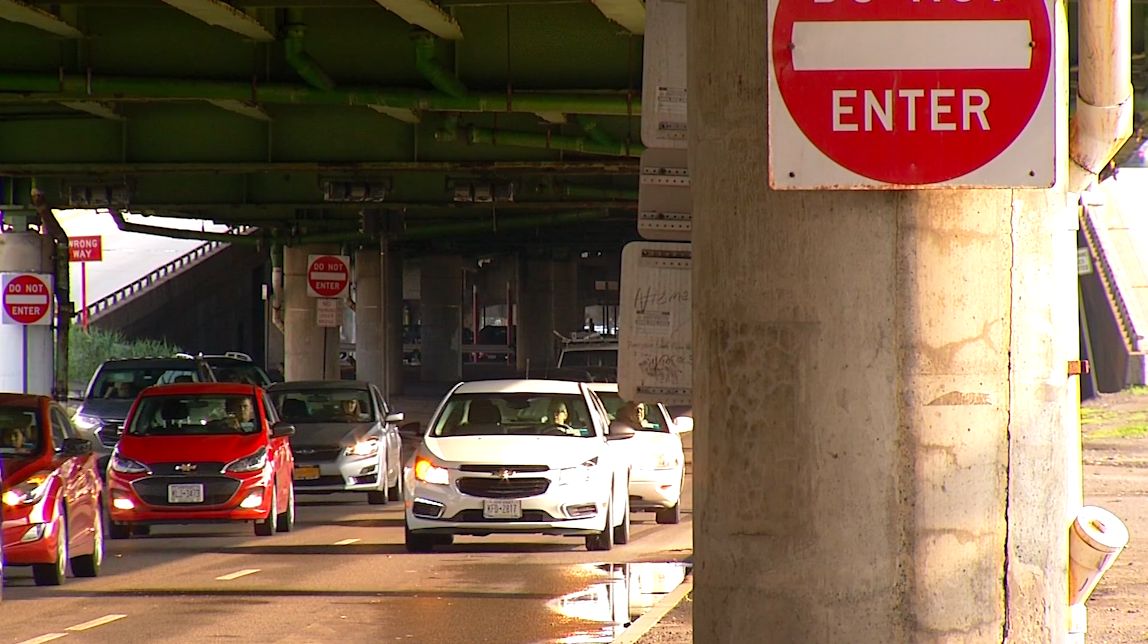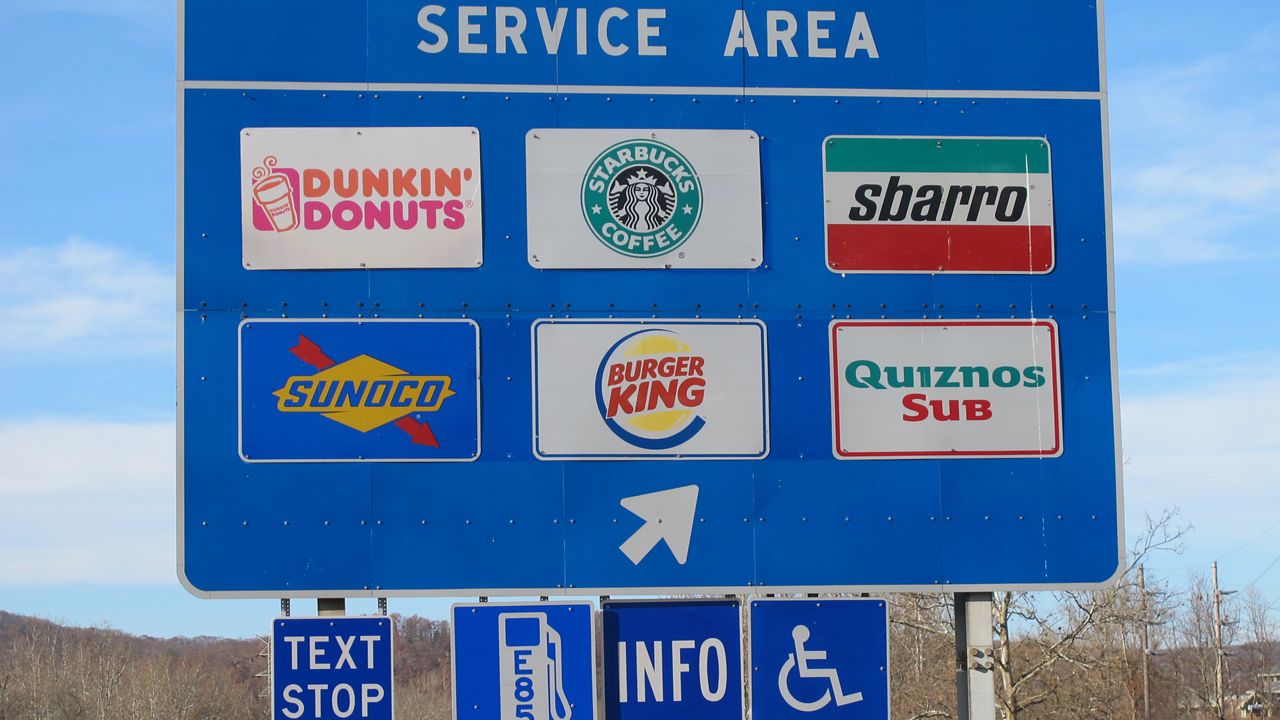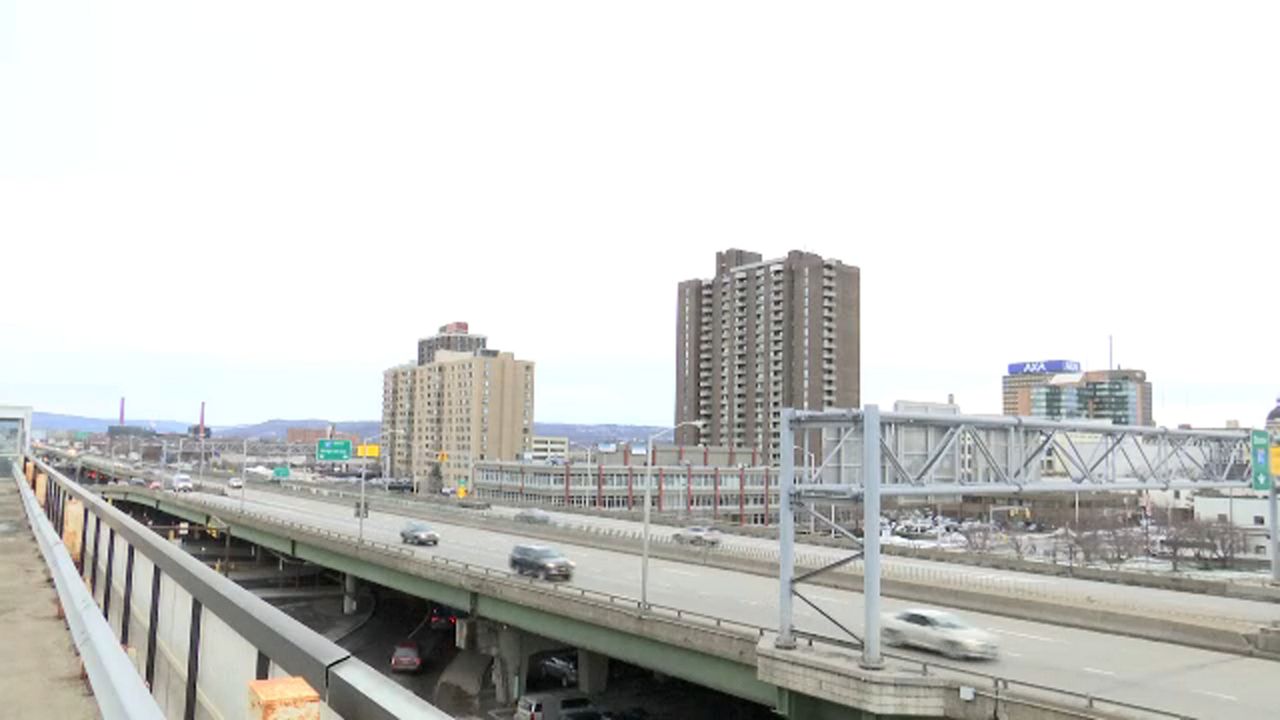Syracuse Mayor Ben Walsh said if he had to sum up the state report favoring the community grid option to replace Interstate 81 in Syracuse, it would be “excited.”
“I am so excited about the opportunity that this project presents,” Walsh said at a news conference Tuesday with Onondaga County Executive Ryan McMahon. “I have been really from the beginning but to see this significant step being taken, seeing the plans and all of the work that’s gone into the DOT’s product and the DEIS to date, to see the DOT listen and respond to concerns they heard — both from those that shared my opinion and those that didn’t — I really am excited.”
The New York Department of Transportation released its draft environmental impact statement of the community grid option Monday evening, a project that would transform the portion of highway into a network of city streets and divert thru traffic to Interstate 481. It is estimated to cost $1.9 billion and take around five years to construct.
- NYSDOT: Community Grid is "Preferred Option" For Future of I-81 in Syracuse
- 6 Things to Know from the NYSDOT's I-81 Report
Both Walsh and McMahon — who didn’t exactly see eye-to-eye on the best solution for the aging interstate, both emphasized that the next step in the process is crucial. Officials have spent years listening to public opinion on the options for 81’s future — which included an underground tunnel or simply rebuilding the viaduct as it is — and now they will have to listen to the concerns that will come should the community grid move forward as the final solution. That includes those in the city and the surrounding suburbs.
“The goal at the end of this project is to have a community that is together and that there are not communities that were shortchanged similar to what happened to the 15th ward before,” County Executive McMahon said, referencing the neighborhood that was negatively impacted when the interstate was built more than half a century ago.
“History will judge us not on this decision today, but on what the final environmental impact statement says and mitigation has to be in that document for this to be a success for the region,” McMahon went on to say.
The public engagement and comment period will extend through the end of the year and Wash and McMahon said they expect a final environmental impact statement in 2020.
“Those who are living in the shadow of this viaduct, particularly those within the Syracuse Housing Authority properties, those that live on the south side, those that live on the north side that will be most directly impacted by this project, we must make sure that they are informed and that they are heard, that we hear them,” Walsh said.
Walsh and McMahon also said that listening can’t just be about the proposed end product but also the lengthy construction process.
“During the construction phase, there will be challenges in terms of getting around in the community,” Walsh said. “We’ve asked every one of our departments to share information on where they feel like their operations would be impacted, both in the long-term and the short-term.”
“One of the things we looked at in our briefing today is the infrastructure under the ground,” McMahon said. “The water pipes and the sewer pipes. When you dig up the street, are you paying for those pipes? If so at one point do you pay for those pipes? These are all conversations that the devil is in the details and it’s a unique opportunity to solve lots of things at one time when you can dig the way that they’re going to have to dig.”
McMahon added that the project can completed in its five-year timeline “if we come together.”








